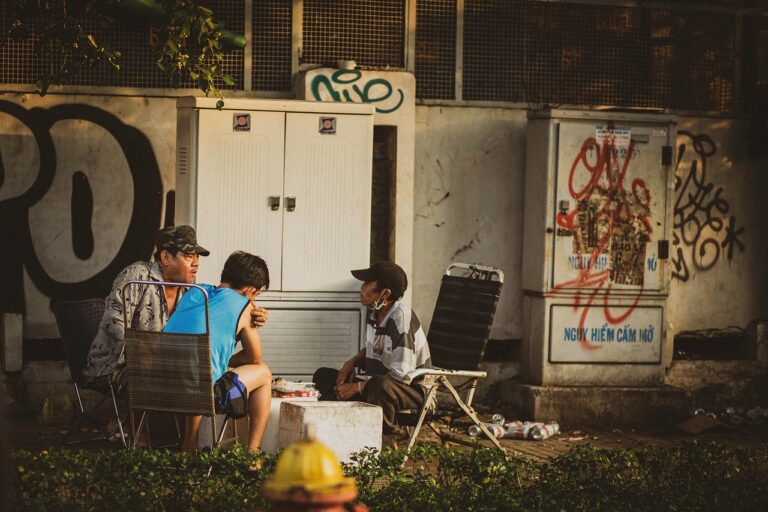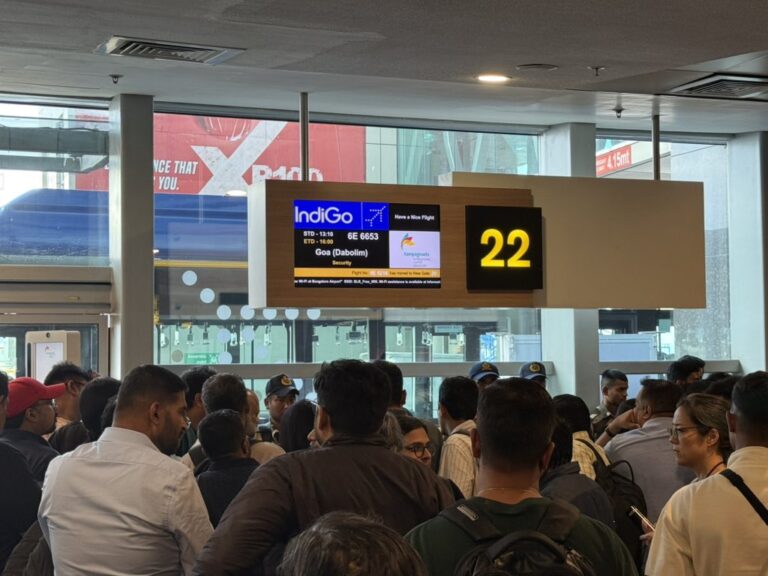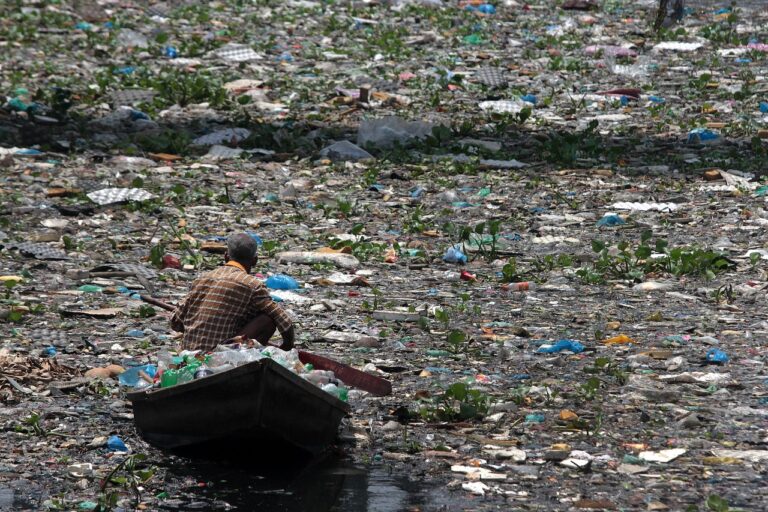
Yemen conflict had just hit another shameful milestone: 10,000 children have been killed or maimed since fighting started in March 2015
Geneva/Amman/Kabul/New York: “Four children – three boys and one girl – and a teacher were confirmed killed while on their way to school this morning in an attack on a market in Ariha, south of Idlib, in the northwest of Syria.
The numbers of children injured and killed continue to increase, Ted Chaiban, UNICEF Regional Director for the Middle East and North Africa, said today.
Earlier this morning, a bus came under attack in the capital Damascus. While the attack took place on a crowded street, UNICEF stated it was not able to confirm if children were among those affected.
“Today’s violence is yet another reminder that the war in Syria has not come to an end. Civilians, among them many children, keep bearing the brunt of a brutal decade-long conflict,” Chaiban said.
Attacks on civilians may be a violation of international humanitarian law. Attacks must not be directed against children. Children should be able to reach their schools safely. “We repeat our calls to those fighting that children are not a target. They should be protected at all times especially in times of conflict,” Chaiban said.
Incidentally, Syria, there have been cases of increasing hostilities in recent months in the northwest of Syria. While on October 19,2021, artillery shelling was reported in Idlib in which one civilian was killed, and four others injured. Artillery shelling was also reported in other parts of Idlib and in Western Aleppo.
Today, several civilian casualties were reported following artillery shelling in Ariha town, south of the city of Idlib. There were also reports of a military bus coming under attack in Damascus earlier this morning in an attack that killed scores of people. The recent escalation is the most significant increase in hostilities in north-west Syria since the ceasefire agreement of March 2020. “We remind all parties to the conflict to respect international humanitarian law, including the prohibition of indiscriminate attacks and the obligation to take all feasible precautions to avoid and minimize harm to civilians and civilian infrastructure,”Farhan Haq, Deputy Spokesman for the United Nations Secretary-General, told mediapersons in New York today.
In the meantime, UNICEF spokesperson James Elder after his recent visit to war ravaged Yemen informed yesterday in Geneva that the Yemen conflict had just hit another shameful milestone: 10,000 children have been killed or maimed since fighting started in March 2015. That’s the equivalent of four children every day.
“These are of course the cases the UN was able to verify. Many more child deaths and injuries go unrecorded, to all but those children’s families,” he said, adding that “Yemen is the most difficult place in the world to be a child. And, unbelievably, it is getting worse”.
“I met scores of children, many inspiring; all suffering. I met pediatricians, teachers, nurses – all shared personal stories that mirror those of their country: they are on the brink of total collapse,” Elder said, adding that Yemen’s humanitarian crisis – the world’s worst – represents a tragic convergence of four threats: (1) A violent and protracted conflict, (2) economic devastation, (3) shattered services for every support system – that is, health, nutrition, water and sanitation, protection and education, (4) and a critically under-funded UN response.
Sharing his findings, Elder said:
- 4 out of every 5 children in Yemen need humanitarian assistance. That’s more than 11 million children;
- 400,000 children suffer from severe acute malnutrition; More than two million children are out-of-school. Another four million are at risk of dropping out;
- Two-thirds of teachers – more than 170,000 – have not received a regular salary for more than four years;
- 1.7 million children are now internally displaced because of the violence. As violence intensifies, particularly around Marib, more families are fleeing their homes;
- A staggering 15 million people (more than half of whom are children – 8.5 million) do not have access to safe water, sanitation, or hygiene.
Meanwhile, in the past weeks, the reported total number of cases of acute watery diarrhoea has surpassed 1,500 in Kabul city and surrounding districts in Afghanistan.
This outbreak comes as Afghanistan grapples with alarming levels of malnutrition amongst children under the age of five, a measles outbreak and the continued impact of the COVID-19 pandemic.
“Children in Afghanistan are facing a myriad of threats to their survival as the health system, on which their lives depend, is on the brink of collapse,” said UNICEF Representative in Afghanistan Herve Ludovic de Lys.
“UNICEF continues to ensure health facilities have the necessary supplies to treat acute watery diarrhoea amongst children and adults at this critical moment for families in Afghanistan.” UNICEF yesterday delivered nearly 40 tonnes of medical supplies, including kits and medicines for acute watery diarrhoea (AWD), to Kabul to treat the rising number of cases of diarrhoeal diseases in the country. The medical supplies are part of UNICEF’s emergency response and will help treat around 10,000 people suffering from dehydration caused by the disease.
Further supplies covering the needs of an additional 90,000 people are expected to be delivered in the coming weeks in Afghanistan, it stated.
– global bihari bureau





